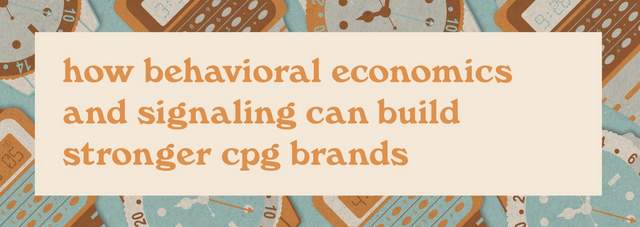
This column was provided by CODO Design, a branding firm based in Indianapolis, Ind. They’ve worked with breweries across the United States and around the world, on naming, positioning, branding and rebranding, responsive web design, and package design. If you’d like to discuss your brewery’s branding, shoot Isaac an email: [email protected]
Traditional marketing strategy would have you believe that customers (*beep boop* target consumers*) can be organized into tidy demographic boxes. They are married, or they’re not. They are in this age range, or that one. They value X when they make a purchase, unless of course they value Y. The result of this framework is that marketers are supposed to be able to accurately predict how a consumer will respond to a given set of messaging according to this data — that someone will buy a product or vote for a candidate or take up some cause because they check a handful of boxes.
The problem with this is that people aren’t really rational. We make emotionally-charged, irrational decisions every day, down to the most mundane tasks and purchases — what car you drive, what coffee shop you frequent, what beer you bring to the party. We very rarely make black and white decisions, and any clear-cut lines that might once have existed between different aged consumer cohorts and their purchasing habits have been blurred by rapid technological advances.
As CODO has taken on more complicated branding projects over the last several years — rebranding high profile breweries, restructuring complex brand architectural systems and launching consumer packaged goods (CPG) brand extensions — we’ve become increasingly interested in how powerful the field of behavioral economics, and signaling in particular, can be when positioning a brand.
Signaling, in the human context (as opposed to animals and explicit sexual selection), is how we externally communicate our status to each other and internally to ourselves. This is one of the mechanisms behind how one can come to the perfectly rational conclusion that a vintage Rolex (let’s say, a beautiful mid-70’s 1675 ‘Pepsi’ GMT) is worth every bit of $25k even though it will never keep time as accurately as a $50 G-Shock (or your phone, for that matter).
The simple question, “What does drinking this beer say about me?” is powerful. And we don’t see this explored that often in CPG branding where the focus tends to be more on functional benefits (“this is keto”) or the spiritual dimension (“this is ethically-raised meat”). We see this as an opportunity for deeper, more unassailable positioning as CPG brands look to the future. And signaling cuts right to the heart of defining that messaging.
As I’ve learned more about this topic, reading books and going further upstream to academic papers, I realized that several of the articles I’ve found the most illuminating have been written by the same Professor, Krista Li Ph.D. After looking her up to find more of her work, I realized she was right down the street from us here in Indianapolis.
I reached out to Krista, and she was gracious enough to give us some expert insight into how behavioral economics can help to build more compelling food and beverage brands.
Isaac (CODO): Kicking off, please introduce yourself — what’s your background, and what lead you to the field of behavioral economics?
Krista: My name is Krista Li. I am an Assistant Professor of Marketing and the Weimer Faculty Fellow at the Kelley School of Business at Indiana University. I received my Master’s degree in International Relations & Economics from Yale University and my doctoral degree in Marketing at Texas A&M University. I conduct research on behavior-based targeting, product design, and behavioral game theory. My research has appeared in Marketing Science, Management Science, Journal of Marketing Research, Journal of Marketing, Manufacturing and Service Operations Management, and Production and Operations Management.
I have taught undergraduate, MBA, EMBA, and Ph.D. courses in the area of marketing research. For seven years, I worked in the marketing consulting industry for clients in consumer packaged goods, automotive, retail, telecommunications, and pharmaceutical industries.
CODO: Can you give us a quick rundown on behavioral economics? What is it and how does it differ from psychology?
Krista: Traditional economic theories make strong assumptions about how consumers behave and make decisions. They assume that consumers are perfectly rational, make decisions to maximize their own monetary utility, a consumer’s utility does not change with the context of decision making, and consumers are not affected by psychological, emotional, or social factors when making decisions.
However, in reality, consumers are human beings who have emotions, concerned about social, contextual, or psychological factors when they make decisions. As a result, consumers do not necessarily behave the same way as what the traditional economic theories predict.
Behavioral economics tries to explain and predict the systematic deviation of consumer behaviors from the predictions of the traditional economic models. Behavioral economists often modify the formulation of consumers’ utility functions by incorporating psychological, social, and contextual factors.
Behavioral economics is closely related to psychology. It is the intersection between economics and psychology. It attempts to incorporate psychology into economic models of consumer decision making.
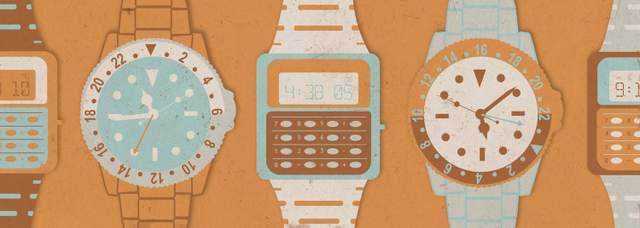
CODO: Do you see a practical application for behavioral economics in the branding and marketing industry?
Krista: Certainly. There are many examples of how marketing managers apply behavioral economics to improve product, pricing, promotion, and channel distribution decisions. For example, in the automobile industry, consumers’ perception of a brand is affected by the price range of the car models in the brand. If luxury carmakers such as BMW or Mercedes-Benz introduce affordable cars to extend their product line downward, it will dilute the brand’s image. For this reason, when a carmaker wants to serve both the luxury and economy segment, it is better off using two separate brand names to maintain the premium brand image of its luxury brand. For example, Toyota is the brand that targets economy car buyers and Lexus targets luxury car buyers.
CODO: We’re interested in how signaling can lead people to rationalize expensive purchases (e.g. $200k car, $25k Rolex, $1k bottle of bourbon). Can you explain the Veblen Effect and some of the mechanisms behind how companies might use it to market more exclusive products?
Krista: Sure. We learn from the traditional economic theory that demand for a regular product decreases with the product’s price. As consumers, we also know that we are more willing to purchase a regular product if the price is lower. However, the Veblen Effect suggests that for luxury products that signal wealth and social status, demand increase with price. In other words, consumers are more willing to purchase a luxury product if the price is higher.
This is because when a luxury product becomes more expensive, fewer consumers can afford the product and the product becomes more exclusive. Ownership of the product can signal to the public that the owner is wealthier, which makes wealthy consumers more willing to buy the product for the signaling value.
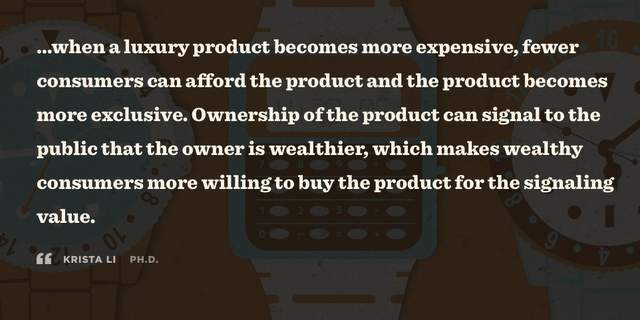
CODO: What are some heuristics that can be used to develop a company’s product mix? (e.g. price anchoring on a restaurant menu: a $200 entrée makes a $49 entrée seem like a steal. Or in a retail setting where expensive — high quality and store brand — value buy)
Krista: For example, when consumers evaluate a product’s price, they often use other price information as reference price. If a product is on sale and the current price is $100, which is a 50 percent discount from the original price of $200, then consumers may perceive the $100 price as a good deal, because with reference to the original price of $200, $100 appears much cheaper. That’s why stores often show an inflated original price on the price tag to make the current price look much lower.
Similarly, a car brand may carry an expensive car model, even though very few customers purchase the car model. The presence of the car model in the brand’s product line makes the other cars appear much more affordable.
Read the rest of this post over on CODO’s site
Craft Beer, Rebranded (and its companion workbook) are a step-by-step guide to help you map out a successful strategy for rebranding your brewery. Based on CODO Design‘s decade of brewery branding experience, this book will help you weigh your brand equity, develop your brand strategy and breathe new life into your brand. Whether your brewery is three years old or 30, Craft Beer, Rebranded is your guide to attracting new audiences, selling more beer and positioning your brand for the long haul. Read and buy it now at: www.craftbeerrebranded.com

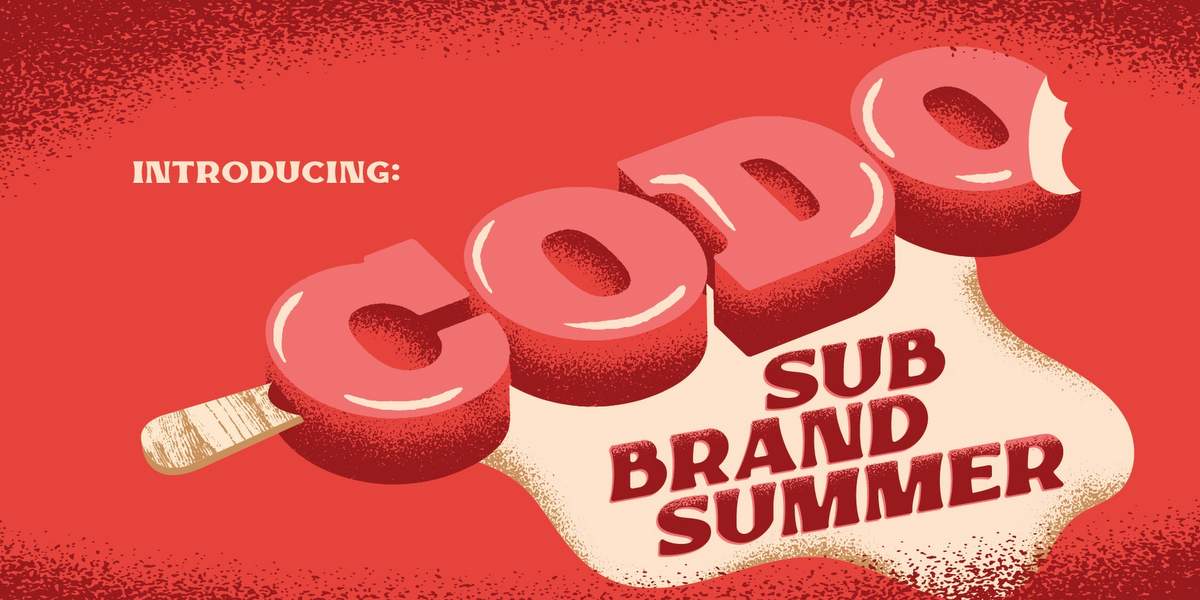
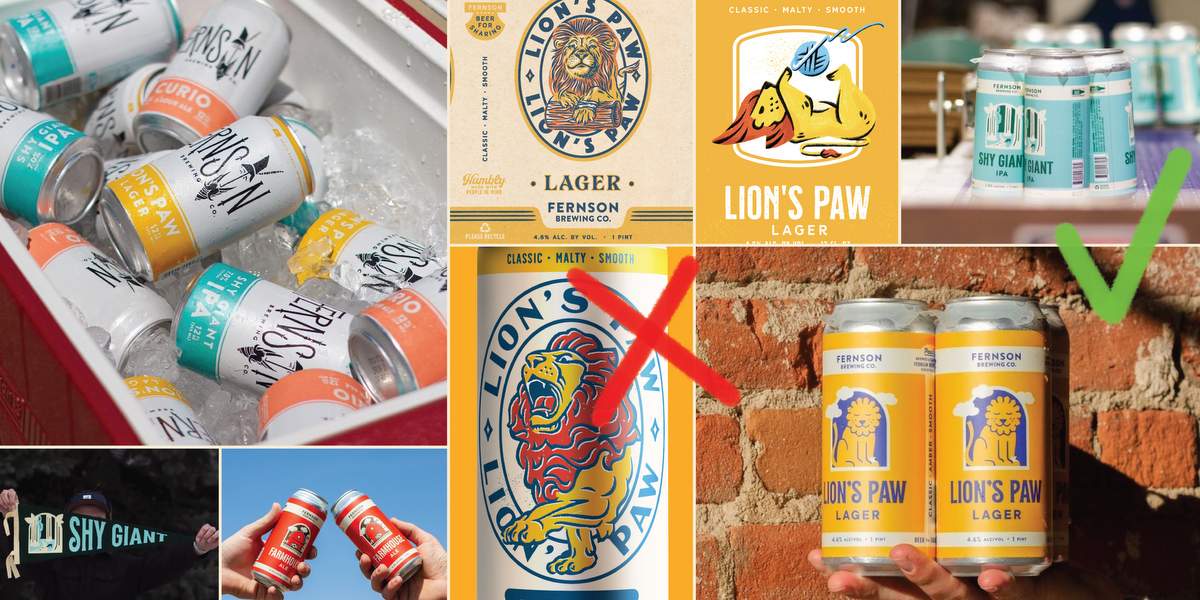
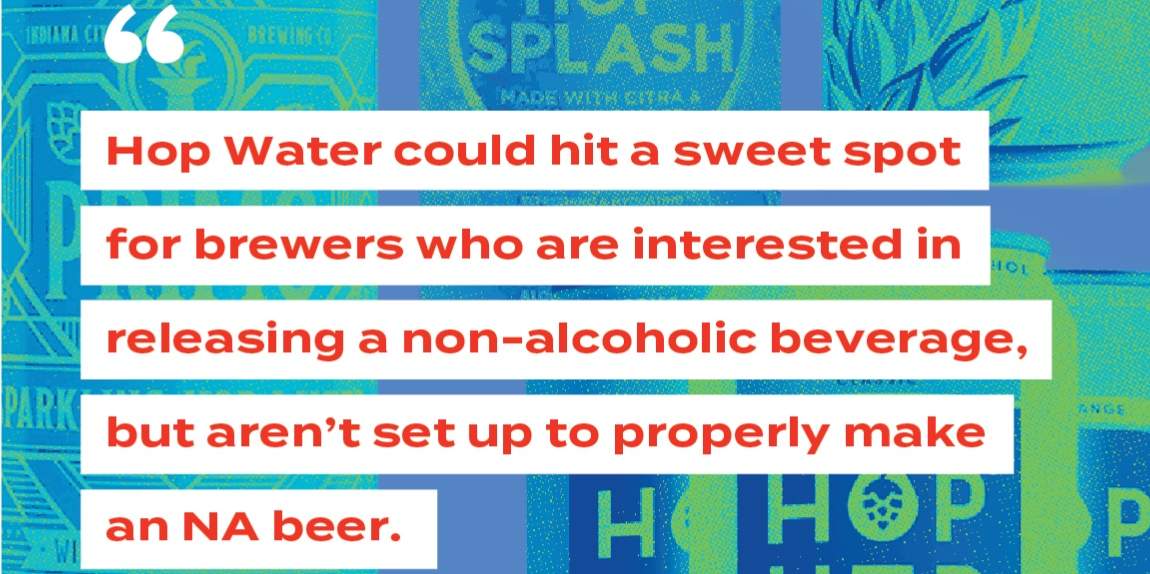
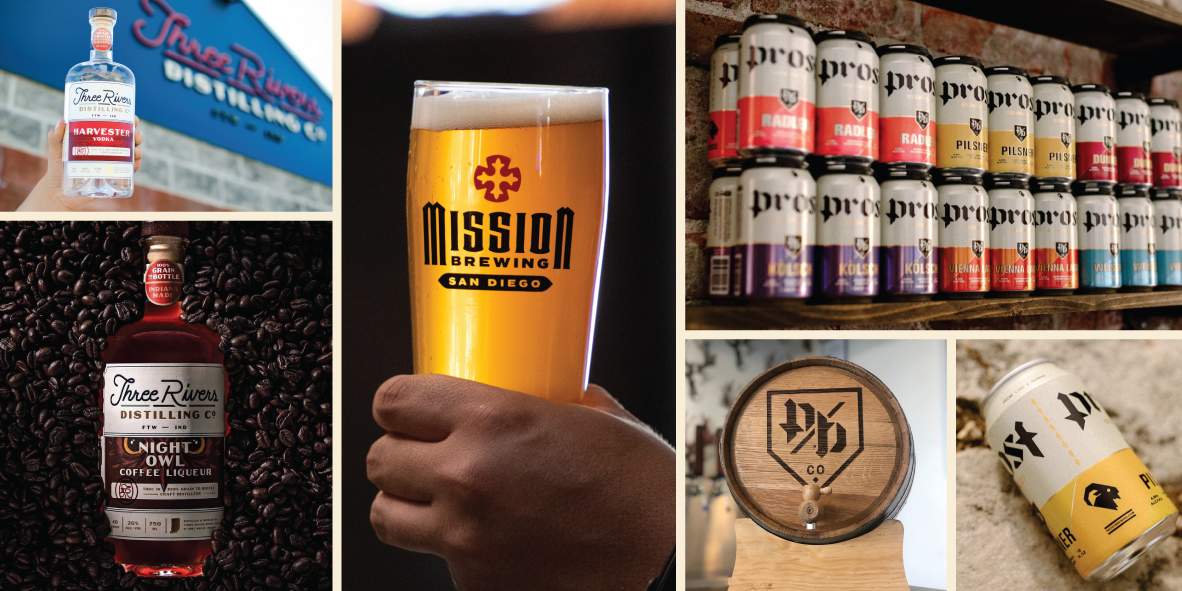
Leave a Reply
You must be logged in to post a comment.